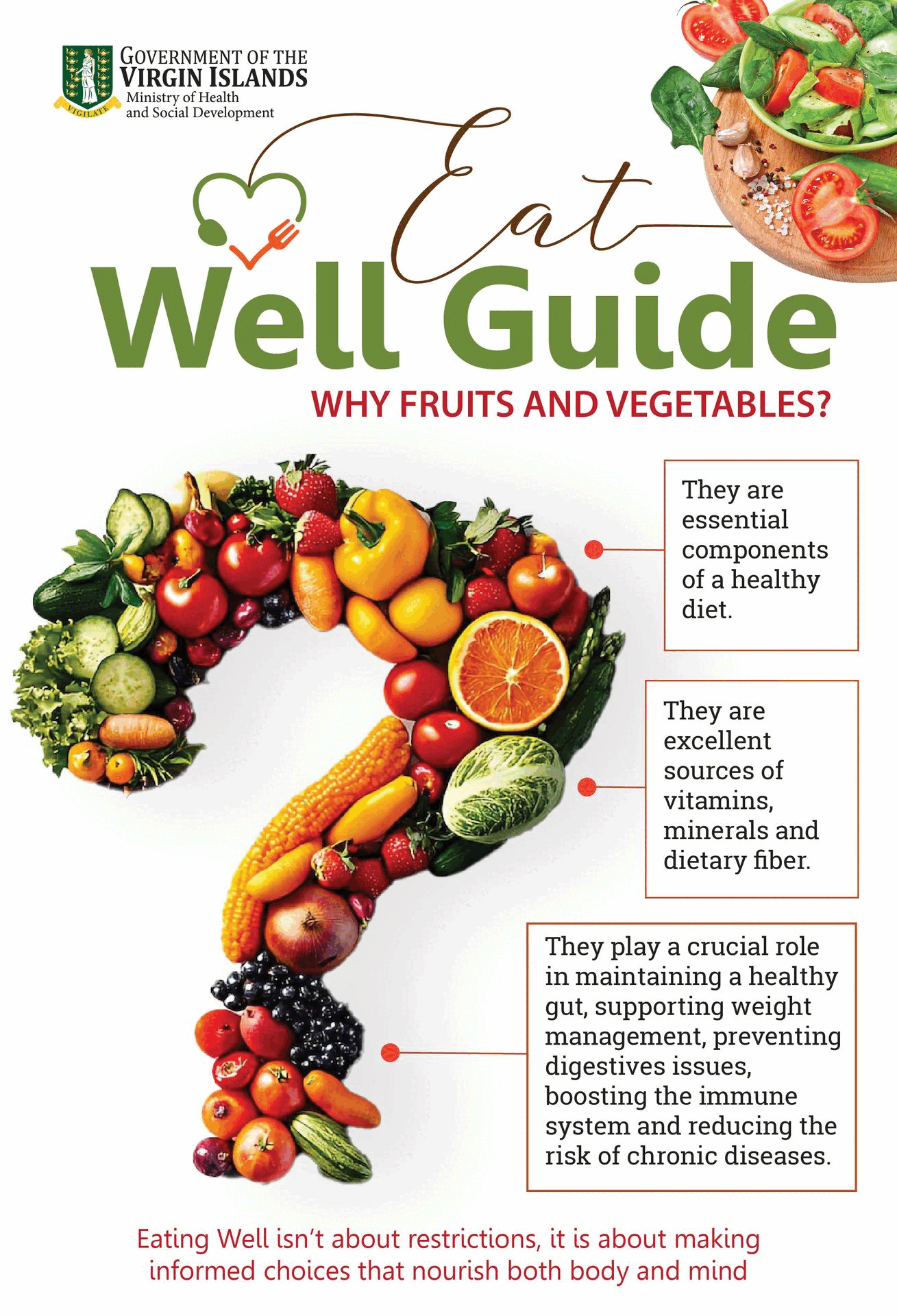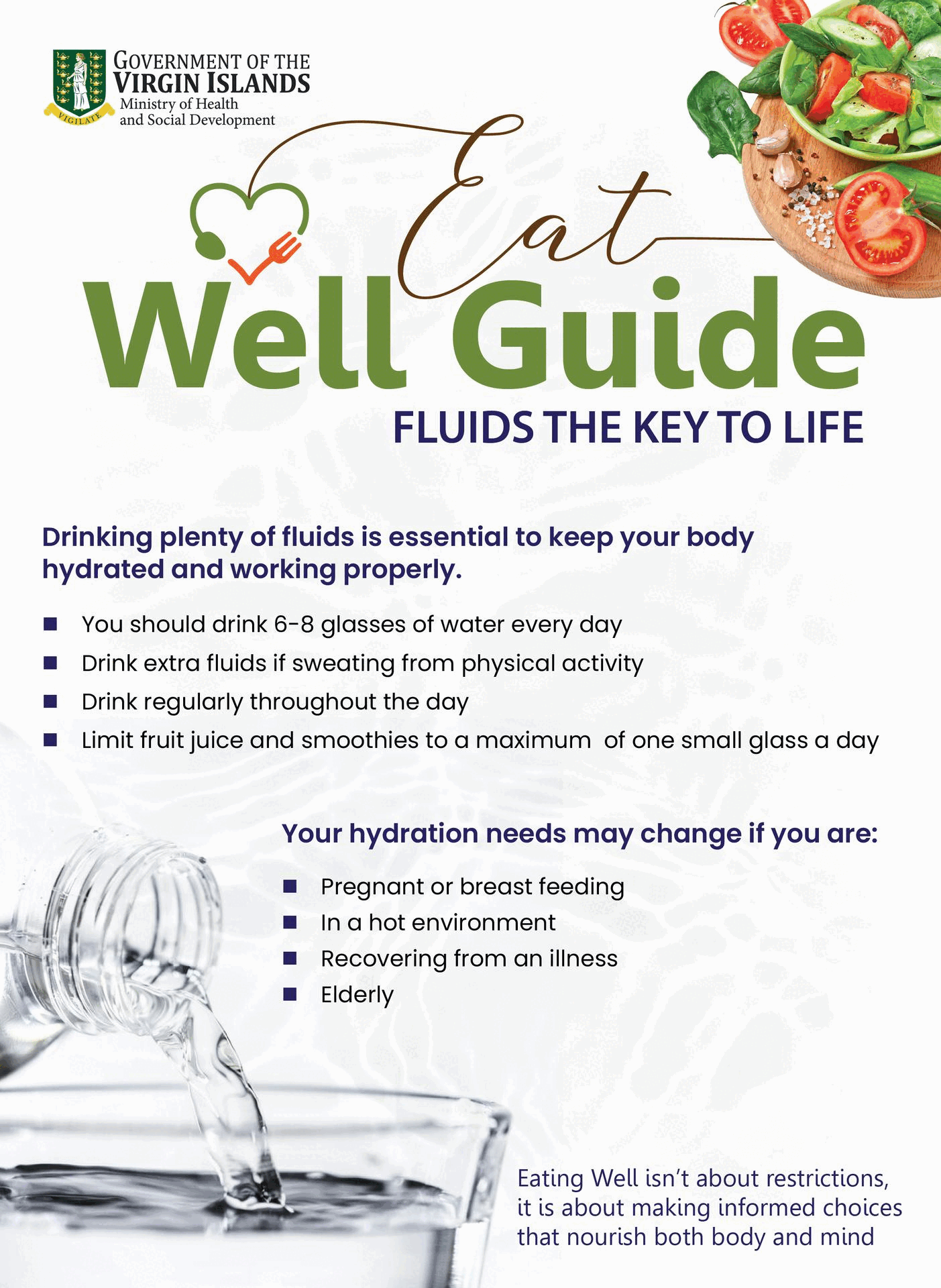Statistics is King
The first of two articles seeks to discover why the most productive societies utilize data, especially statistical data, to drive prosperity.
Now, when last was the Virgin Islands public aware of Annual Gross Domestic Product numbers? When was GDP and its impact on the community discussed on a radio show? GDP is a measure of economic growth. GDP is a tool revealing what activities contribute most to growth. In the Virgin Islands, offshore financial services and tourism play make up the majority of the GDP numbers. Declining and growing GDP numbers offer information to business owners, government, and all stakeholders in the economy. Reverse declining GDP through improved management of scarce resources and redirection of economic activity to generate greater revenue.
Another statistic examines the Virgin Islands’ public and private debt matrix. What is the jurisdiction’s total debt to foreign banks and organizations? What is the total government debt obligation and to whom is that owed? What was government spending and deficit in the last economic cycle?
What are the various banks required to hold as minimum cash deposits to service their customers? How many bank customers are behind on their various loan repayments? What are the bank’s bad debt numbers? How much debt do private individuals in the territory hold in terms of credit cards, loans and mortgages in total and on average? Is there a national debt to GDP ratio that drives decisions on the economy?
Then, what were annual government revenues the last cycle? The tax numbers from all economic activity alerts the public to the ability of government to fulfill its obligations: infrastructure, social, and security spending, is an example. What were the total revenues generated in the territory from all economic activity in the private and public sector that are non-tax? Total revenue differs to GDP in that GDP measures non-revenue generating economic growth.
What is the country’s income per capita: the average income for residents? How many people work in the public sector as opposed to the private sector? What is the ratio of the employed to the unemployed? The employed to self-employed?
In addition, it is useful to ask, what the total food import bill for the year ending 2023 was. What was the nonfood import bill? What was locally produced food output in cash terms: that is the output from farms, vegetable gardens, and fishing? What is the ratio between food imports and homegrown food? If food imports far outweigh home produced food, how can that metric reverse? How long will that reversal take?
What was the total healthcare bill divided into public and private healthcare? What was the total payment to healthcare providers from the National health Insurance? What are the health stats and health outcomes for the population in terms of non-communicable disease? What is budgeted for disease prevention? What is the ratio of doctors to residents? How many teachers are there for the pre tertiary student population and what is the teacher student ratio?
The preceding are the numbers or the mathematical data that an informed and effective citizenry requires. Statistical information offers insight, and is a basis for discussion with substance. Without data, activity becomes aimless and even wasteful. Available and appropriate statistical data offers a strong platform for discussion, debate, and effective policymaking.























.png)




















4 Responses to “Statistics is King”
( AND IT HAS TO BE DONE WITH HONESTY & INTEGRITY ) ( @ STEALTH ) JUST ABOUT EVERYTHING IS BEING OR
CAN BE MANIPULATED OR EXPLOITED THESE DAYS ) BUT AM SURE HE MEANT THE ( REAL DATA & STATISTICS AND METRIC MATTER ) BUT WITH THE AMOUNT OF CORRUPTION AND COVER UP , WE DON'T KNOW WHO IS WHO , NONE IS HELD ACCOUNTABLE / MOW THE COI IS USED AS A SCAPEGOAT BY THOSE WHO GOT EXPOSED